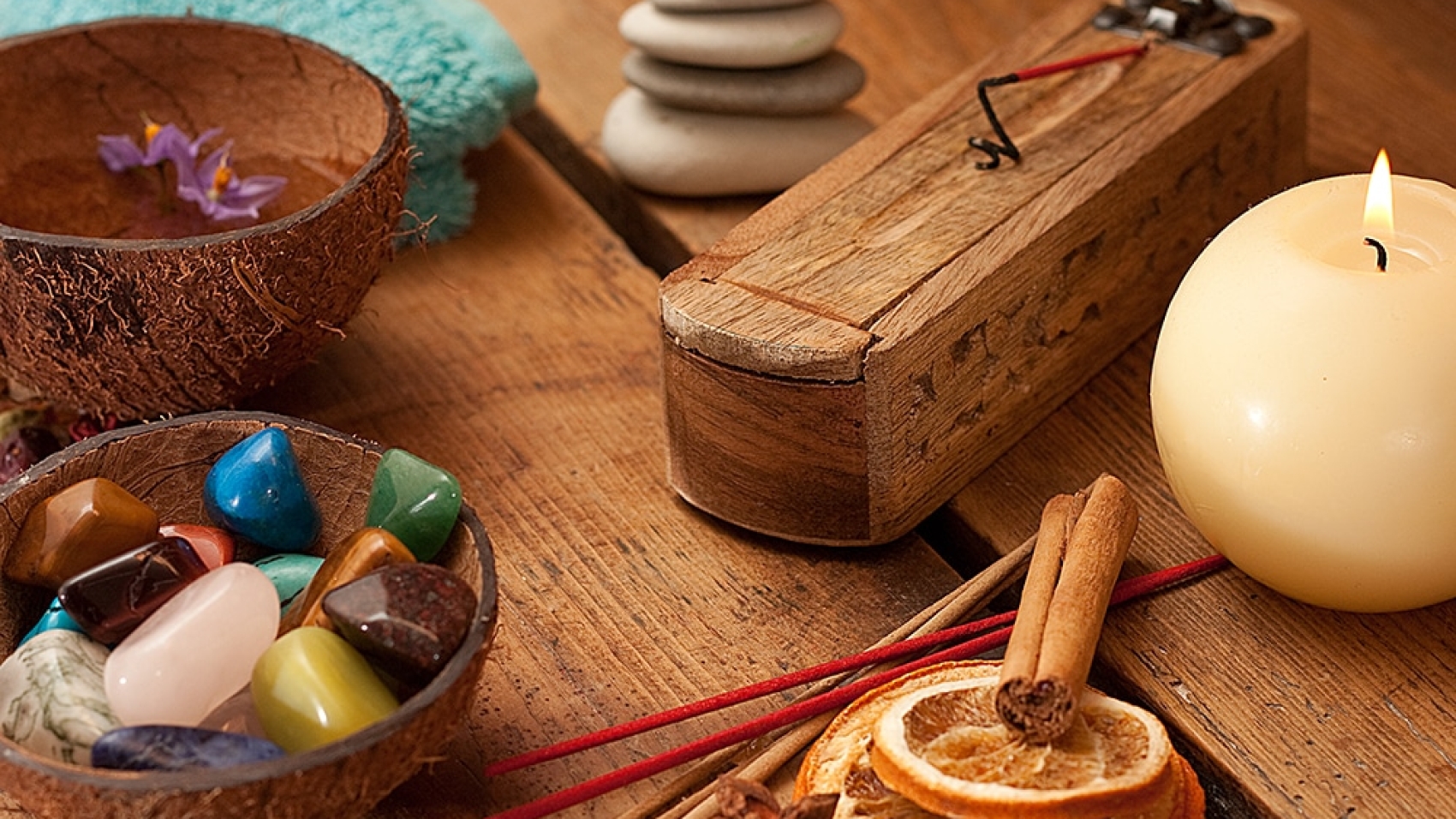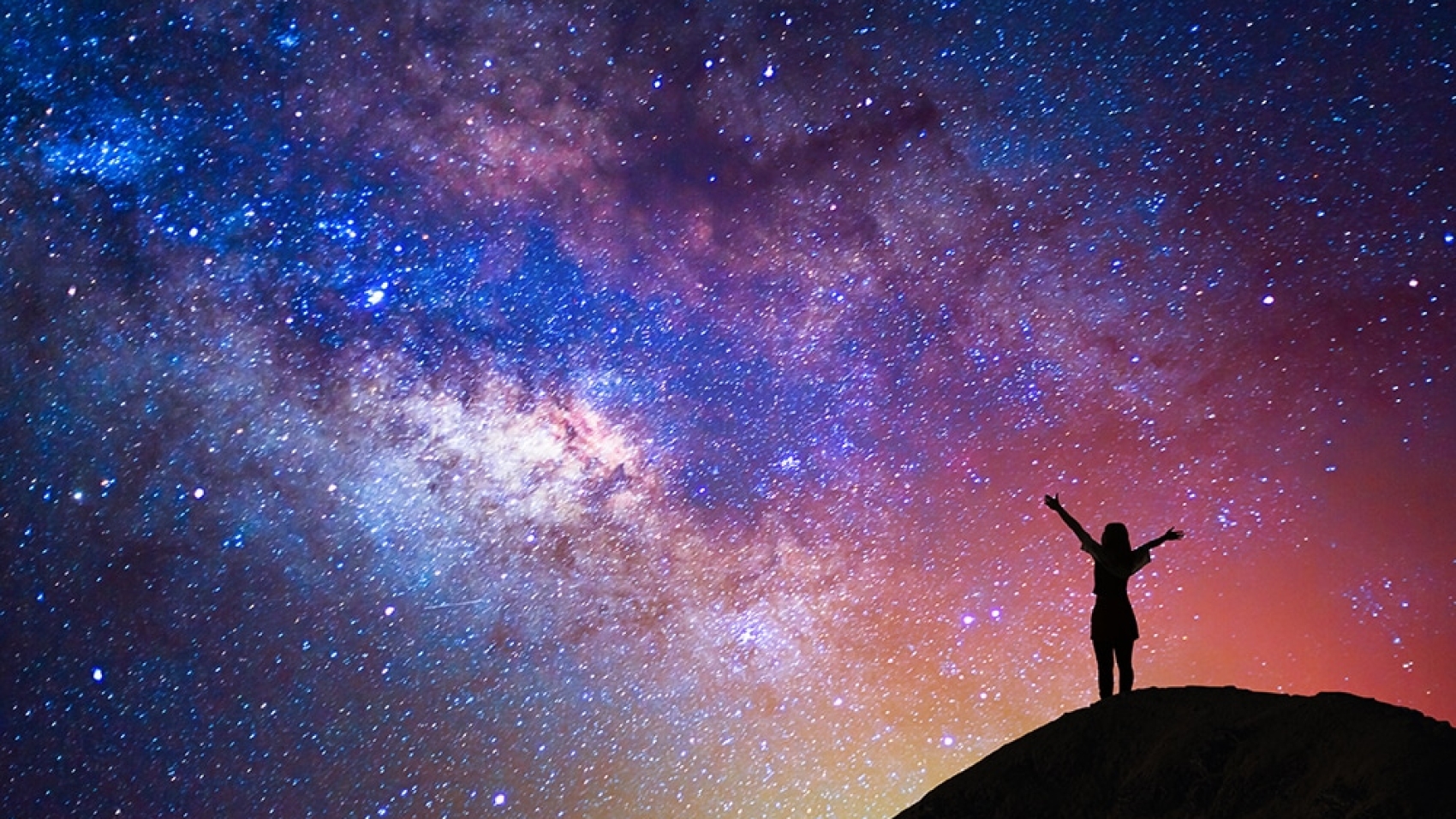Five Ways to Know If Love Is Real
“Where’s that higher love I keep thinking of?” –Steve Winwood
“What is love?” the poets and songwriters ask. Is it all about chocolate hearts, flowers, and diamonds-are-forever? Maybe you picture yourself walking hand-in-hand with your sweetheart along the riverbanks of Paris, sharing stories on the beach, or gazing soulfully at one another by candlelight. With a mega-million-dollar romance industry working hard to color your imagination, how do you know what real love looks like? And how is an intimate, stable love relationship supposed to feel?
Maybe you have a love relationship in your life right now or maybe you are looking for one. The search for love and for an understanding of how best to establish and nurture a relationship is one of life’s central and most challenging quests. It’s also a powerful source of self-understanding, growth, and spiritual development.
Before I could experience the real love relationship that I have with my husband Eric, I had to make sure that my heart chakra was truly open to giving and receiving love and that I was sufficiently healed from my painful upbringing. Real love is an emotion of truth and has the power to heal all of the wounds you may have suffered in the past—if you allow it to flow.
While books, movies, and TV commercials can supply you with plenty of creative dialogues and scenarios about love, it really comes down to you. Your efforts to know yourself deeply and find your own authentic way of being in the world will shape your experience of love. “To thine own self be true, and it must follow, as the night the day, thou canst not then be false to any man [or woman],” says Shakespeare. Consult your inner wisdom when it comes to discovering your power to love and be loved.
Here are five ways your open mind and open heart can help you decide if you are in the presence of real love:
1. No Fear Here—Energy medicine teaches that love removes fear. Think of all the ways fear can get in the way of a healthy, happy love. “Did I say the wrong thing?” “What if she doesn’t agree with me?” “What if he doesn’t call me?” “Does she really love me?” There’s nothing like fear to destroy the good feelings of harmony, peace, and well-being in your love relationship or your attempts to form a relationship in the first place. The absence of fear gives you a sense of blissful potential and optimism. Consult your deepest feelings and decide if you and your loved one live in a happily, fear-free zone.
2. Actions Speak Louder— People have different ways of expressing their love. Would you rather have your loved one walk over and hug you or profess undying love while hurrying out the door? Helping prepare dinner, cleaning the bathroom, and putting gas in your car are actions that say, “I share the work of life with you.” Maybe he forgot the anniversary of the day you met, but he did walk the dog when you were sick. Are the actions you witness each day a source of joy in your relationship?
3. No Strings Attached—Do you feel completely accepted for who you are? Is your relationship free of judgment and troubling efforts to change you in ways that hurt your feelings? If you are respected and trusted and given room to breathe, you know how it feels to be loved unconditionally. If there are ways you need to improve, you’re free to decide them for yourself. Someone who really loves you does so for who you are, the essential and immutable you.
4. My Needs Are Met [and so are yours]—Do you receive the support and attention you hoped a relationship would provide? The human need for connection, communication, and companionship is served well in a real loving relationship. When you think about the things you need from a partnership, do you feel you are getting a generous helping? Does your partner express satisfaction, too? When both partners have their needs for acceptance, self-expression and shared experience met, they feel peaceful, hopeful, and productive.
5. Comfortable, Grateful, Free—Do you look forward to spending time with your loved one? When you are apart, do you feel confident and comfortable? Do you each feel free to do what you love even if you are pursuing different interests? Can you say that you have room to grow, change, and learn? Is there a feeling of soul-satisfaction and gratitude in your togetherness? Is your partnership clearly a gift for your spiritual well-being, happiness, and self-discovery? Are there plenty of laughs in your life together?
Finally, you will know when love is real by how it makes you feel over time. While you may feel over the moon with excitement in the early stages of a new relationship, unless there is true connection you won’t feel a deeper sense of comfort and unity for long.
Remember that your inner vibration, your personal energy field, will need to be healthy and whole and balanced for you to attract a compatible being to your side. It’s true that there is a higher love and you must first send it forth in order to bring it back home.















